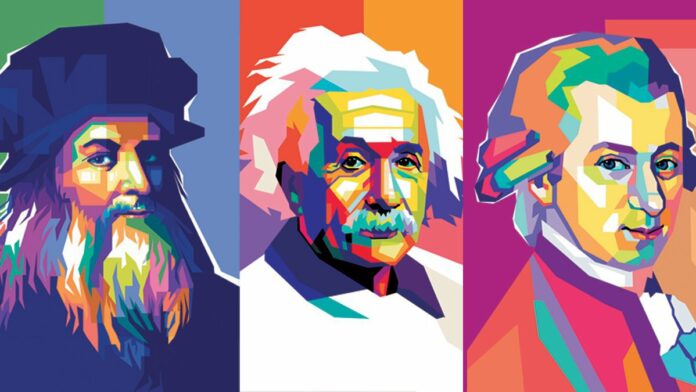2030: Odyssey in data. It is an ordinary morning, year 2030. The avatar of the designer, powered by the latest LLM, has sifted through all global and local fashion collections, of any brand, as well as all ideas, sketches, social media posts, private conversations, videos, and emails of everyone; all of this, starting from the Roman Empire, thanks to the famous Google Odyssey, the largest database in the world, to search for that new idea of a summer shirt, for the Alpha community of Berlin, and in particular for the CAP 10115 tribe, near the old Wall. The new design is instantly created by artificial intelligence and immediately distributed to the first 1,000, the lucky ones to win the lottery, among those who signed up for the brand’s workshop, with a simple ‘tap’ of their avatars’ fingers. They also receive a fraction of bitcoin for their role as ambassadors. If they generate enough interactions, or buzz, on Roblox, only ten pieces will be produced and shipped to their homes, to those with the best performance. The brand’s designer has not yet manually drawn anything, and her task is rather to interact digitally with her fans. Once ‘a’ design is baptized for production and distributed in physical format, in a limited edition, as well as being mass-produced but only digitally, the intellectual property rights and revenues are immediately distributed to fans and shareholders, via blockchain, with calculations processed by quantum computers that operate on glasses, wearable devices, or chips installed on people’s necks. Welcome to the future of fashion.
We are not creative and, if we are, we are not even paid now. Artificial intelligence will kill creativity and property rights. This is the most common adage, which I hear repeatedly. Guess what? We are not creative, as adults, and most of the things we write online should not be protected, including this article. In his latest work, “The Cost of Dull”, Adam Morgan shows how a video of paint drying performs much better than 85% of all current advertisements. The same goes for a video of cows eating grass. Morgan tested his hypotheses and presented his insights at the famous Cannes Advertising Festival, where the most creative people on the planet gather for a week to talk about creativity and, of course, drink rosé.
The problem is that talented creators are few, and they are not paid. Most interactions on social media are passive (like) and the content tends to be unoriginal (repost or retweet). Those who “create” something new do not receive enough money. According to the Wall Street Journal, last year 48% of true creators earned $15,000 or less, while only 13% earned $100,000 or more.
The ability of artificial intelligence to multiply creative experimentation will provide us with the tools to increase our chances of engaging the audience, if we have something to say (prompt). What we really need is a system that allows us to monitor the process and results of artificial intelligence, while distributing incentives along the food chain. Now we have the technological stack: it’s called blockchain and AI. Will artificial intelligence disrupt some professions? Certainly. Will artificial intelligence change the way we create? Yes. Will artificial intelligence change the way we interact digitally? Yes. So, if I run a fashion house, what do I do? Or rather, who will I be as a manager, creator, or business leader?
Who are you? Creativity is a way of operating, and it requires a goal and a vision. The goal for any company, and for society in general, when its powers are enhanced by artificial intelligence and other exponential technologies like blockchain, is threefold:
- Seek knowledge, as we have done since the Enlightenment, to solve concrete problems of people, always in a simple and effective way, and sometimes with an added touch of inspiration and a sense of surprise, if we think about how we should treat our VIPs and super-fans.
- Create social capital, that is, ensure that the new knowledge and its benefits are shared as widely as possible, rewarding actions, contributions, ambassadors, in line with the time and willingness of people to ‘dance’ with a brand, a company, and their network of family, friends, and contacts (just to be clear, paying them).
- Challenge the status quo, at least digitally (simulate multiple versions of the future), because technological advancements will make any activity and profession fragile; and technology can help build a Plan B.
Continues to grind data. Technology will make us more creative, more suited to identifying and fairly rewarding friends and supporters, and more capable of evolving what we do.
What will the future be like? Ask artificial intelligence, but ask the right questions and check the answers, if you have a vision of what the world could know, share, and dream. If you are short of ideas, keep asking. We will not find a ‘theory of everything’ in AI, at least until 2030. It is enough to pursue new knowledge, broad access for everyone to it, and the urgency to change, repeatedly, or at least be ready for the new.



